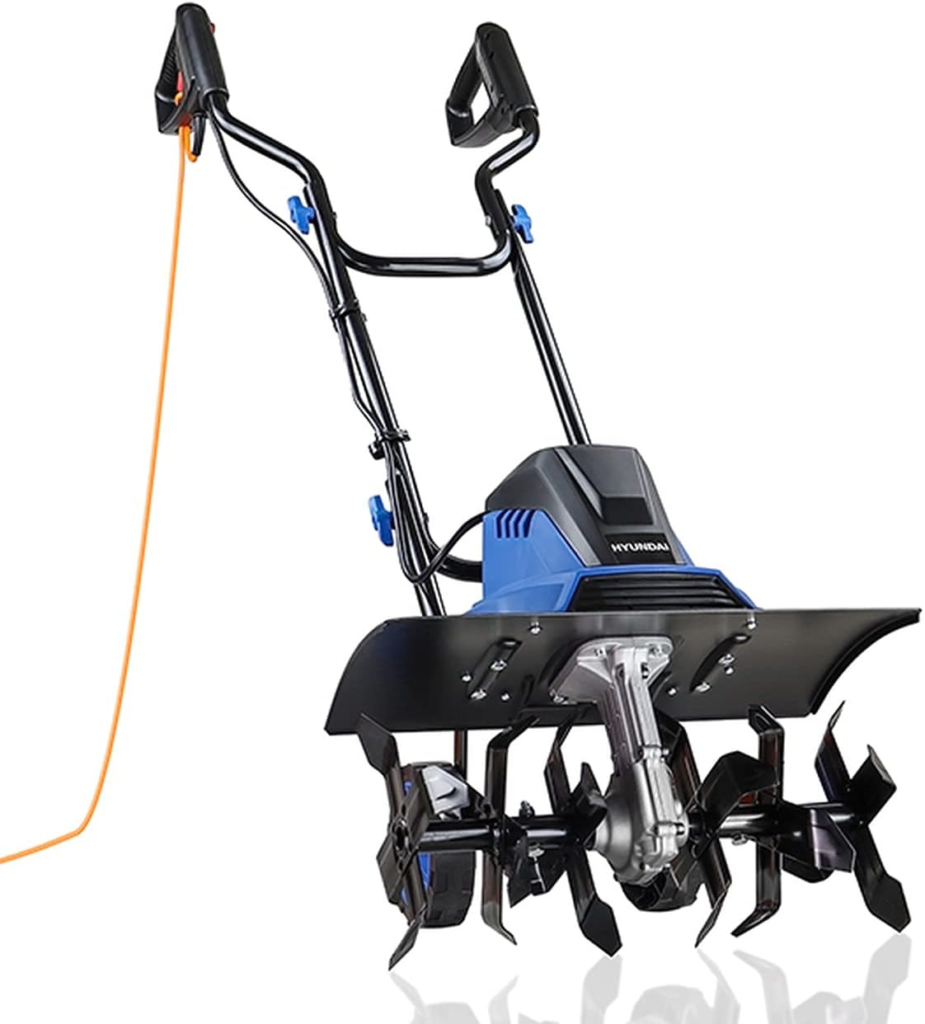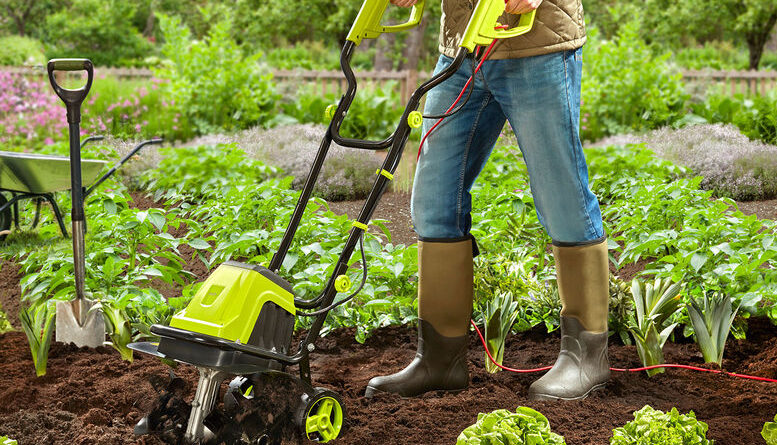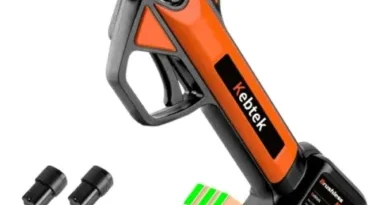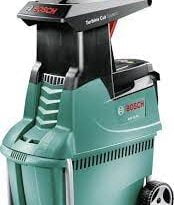A Guide to Rotavator Use On Your Allotment, Covering Benefits, Best Practices, and Safety Measures
In recent years, there has been a notable surge in the popularity of allotment gardening, driven by a growing desire among individuals to establish a deeper connection with nature, foster self-sustainability, and mitigate their environmental impact. This trend reflects a broader cultural shift towards embracing sustainable living practices and reclaiming a sense of agency over one’s food sources.
Allotments, characterised by plots of land leased by local councils or private landowners to individuals or groups, serve as tangible manifestations of this movement, offering enthusiasts a physical space to engage in the age-old tradition of cultivating fruits, vegetables, and flowers. As the allure of allotment gardening continues to captivate an increasingly diverse array of participants, its multifaceted benefits extend beyond the boundaries of individual plots, influencing broader conversations about sustainability, food security, and the reimagining of urban landscapes.
One of the essential aspects of allotment gardening is soil preparation. The soil in allotments is often compacted, depleted of nutrients, and full of weeds and rocks. This can make it difficult to grow healthy and productive plants. As a result, many allotment gardeners turn to tillage methods to break up the soil and create a healthy growing environment for their plants. Among these methods, using a rotavator is a popular and efficient option.

Hyundai 1500w Electric Garden Tiller, Cultivator, Rotovator
A rotavator, also known as a tiller or cultivator, is a machine that uses rotating blades or tines to break up and turn over soil. It is ideal for preparing large areas of soil quickly and easily, making it a popular choice among allotment gardeners who want to save time and effort. However, using a rotavator requires careful consideration of several factors, including the type of soil, the size of the plot, and safety precautions.
In this guide, we will explore the benefits and best practices of using a rotavator on an allotment. We will cover the essential steps involved in preparing the soil, including choosing the right machine, taking safety precautions, and tilling the soil effectively. We will also discuss the benefits of rotavating, including improved soil structure, nutrient uptake, and plant growth. By following these guidelines, allotment gardeners can create a healthy and productive growing environment for their plants, and enjoy the many rewards of home-grown produce.

Hyundai Petrol Garden Tiller, Cultivator, Rotovator and Rototiller with 2.7kW, 150cc
- Choosing the right machine:
Before buying or renting a rotavator, it is important to know the size and type of your allotment. Smaller plots may only require a lightweight and compact machine, while larger plots may require a more powerful rotavator with larger blades or tines. Moreover, the type of soil and any obstacles on the allotment also affects the selection of the machine.
For example, if the soil is heavy clay, it may require a rotavator with more powerful engine to break up the soil, while for rocky soil, it may require a machine with sturdy blades to avoid damage. It is also important to check the machine’s safety features and maintenance requirements before choosing one.
- Safety precautions:
Like any gardening equipment, using a rotavator requires taking safety precautions. Before using a rotavator, make sure you wear appropriate protective gear such as gloves, sturdy footwear, and eye and ear protection. Also, read the manufacturer’s instructions thoroughly and be aware of any overhead power lines or underground utilities in the area. Avoid wearing loose clothing that may get caught in the machine.
- Preparation:
Before using a rotavator, clear the area of any debris, rocks or large stones that could damage the machine or cause injury. Mark out any areas where you don’t want to till, such as pathways, borders, or any sensitive plants or crops. Remove any weeds or plants in the area, and consider using a weed killer to remove any stubborn weeds.

Hyundai 1500w Electric Garden Tiller, Cultivator
- Tilling:
Once you have prepared the area, start the rotavator and slowly move it across the soil, using a back-and-forth motion to till the entire area. Keep the machine moving at a consistent speed and avoid making sudden turns or jerky movements that may cause the machine to lose balance or stall. Adjust the depth of the blades or tines as needed, depending on the type of soil, and avoid tilling too deeply as it may damage the soil structure. For a finer finish, make additional passes with the machine at a shallower depth.
- Benefits:
Using a rotavator has several benefits for an allotment gardener. It helps to loosen compacted soil, improves drainage, and incorporates organic matter such as compost or manure into the soil. This results in a healthier soil structure that promotes better root growth and nutrient uptake. Moreover, tilling the soil creates a soft and even surface, making it easier to plant and sow seeds.
- Aftercare:
Once you have finished tilling, rake the soil to remove any large clumps or weeds. You may also want to add additional amendments such as fertiliser or lime, depending on the needs of your soil. Consider covering the area with a layer of mulch to help retain moisture and suppress weed growth. Finally, store the rotavator in a dry and safe place, and clean it thoroughly to avoid any rust or damage.

BU-KO 52CC Garden Petrol Tiller
Integrating a rotavator into your allotment gardening routine can significantly streamline the soil preparation process, making it more manageable and efficient. By adhering to the safety precautions and step-by-step approach outlined earlier, you can lay the groundwork for a thriving garden with minimal hassle.
Moreover, the benefits of investing in a rotavator extend well beyond the immediate task at hand. With proper care and maintenance, this versatile tool can become a reliable asset in your gardening endeavors for years to come. Its ability to break up compacted soil, eradicate weeds, and promote aeration not only saves time and effort but also contributes to the long-term health and productivity of your garden beds.

eSkde 52cc Petrol Garden Tiller/Cultivator/Rotovator
Furthermore, the convenience and ease of use offered by a rotavator make it accessible to gardeners of all skill levels, from novices to seasoned veterans. Its intuitive design and straightforward operation empower individuals to take control of their allotment plots with confidence, fostering a sense of ownership and accomplishment in cultivating their own piece of land.
By harnessing the power of this invaluable tool, you not only expedite the soil preparation process but also pave the way for a more bountiful and rewarding gardening experience overall. So, whether you’re just starting out or looking to enhance your existing practices, consider adding a rotavator to your toolkit and watch as your allotment flourishes with newfound vitality and abundance.




